News
Gaze Up! 7 Unmissable Astronomical Events in August
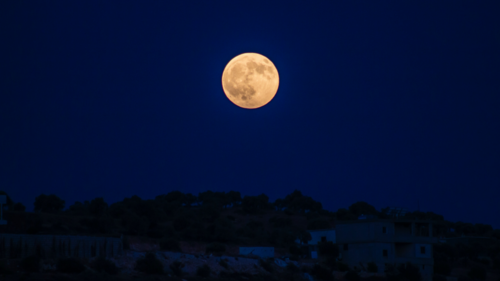
The celestial spectacle continues as August brings forth a series of astronomical events. From planetary viewing opportunities to deep space wonders and meteor showers, this month promises to be an eventful journey for stargazers and enthusiasts alike. Whether you’re an experienced astronomer or a casual sky-gazer, get ready to witness these captivating events that will make August a truly remarkable time for celestial observations. So, grab your telescope or gaze up at the night sky as the universe unfolds its wonders before our eyes. Here are some astronomical events to anticipate this August.
Also Read: NSFAS Funding Withdrawal: Students in Limbo Billions Owed to Universities
Exciting Astronomical Events in the Night Sky This August:
1. Close Approach of the Moon and Saturn – August 3
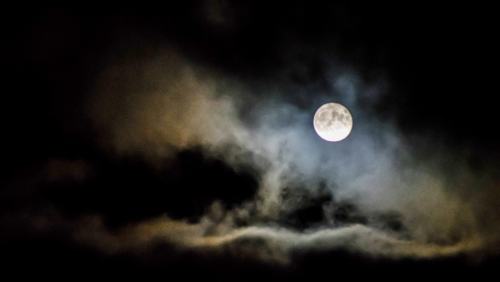
Photo by Joonas kääriäinen
In the first week of August, a captivating astronomical event awaits stargazers as the moon and Saturn make a close approach in the night sky. With a bright and nearly-full waxing gibbous moon (92% illuminated) positioned just 2º15′ from Saturn, the spectacle can be observed with the naked eye. However, binoculars or a telescope are recommended for a more detailed view of Saturn’s iconic rings and the mesmerising face of the moon. The celestial pair will be visible from 7:58 pm until 9:05 am, sharing the same right ascension, known as a conjunction.
2. Close Approach of the Moon and Jupiter – August 8
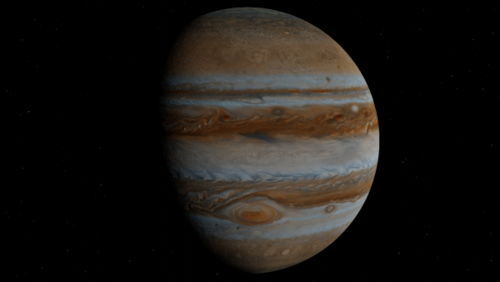
Photo by @T Keawkanok
Following the spectacular Great Conjunction of Saturn and Jupiter two years ago, this August brings another celestial rendezvous in the night sky. While these planets are now farther apart, on August 8, Jupiter will make its turn to shine. Positioned just 2º39′ apart in the constellation Aries, Jupiter and the moon can be easily spotted with unaided eyes or through stargazing equipment. The duo will grace the night sky from 1:06 am to 11:50 am, presenting another conjunction.
3. Peak of the Perseid Meteor Shower – August 12
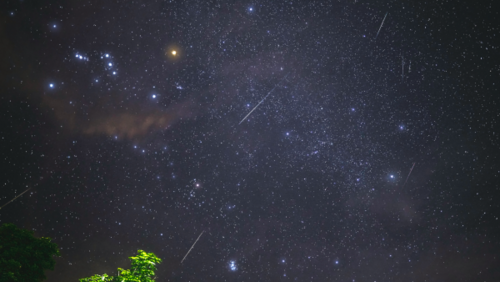
Photo by ARMAN ALCORDO JR.
On the night of August 12, the sky will light up with the Perseid meteor shower, filling the darkness with glimmering shooting stars. Although viewing may be challenging from some locations globally, the spectacle will peak during this period, providing up to 100 shooting stars per hour. The moon’s shrinking phase towards becoming an invisible Micro New Moon will create an ideal dark sky for capturing this meteor shower. Stargazers are encouraged to make their wishes as they witness this awe-inspiring event, which is active until September 1.
Also Read: Joburg Couple Sentenced for R600k TERS Fraud
4. Micro New Moon – August 16
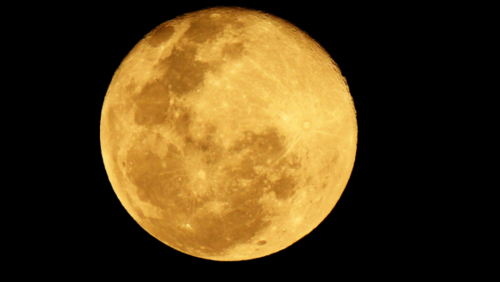
Photo by Sharath G
As the month reaches its midpoint, the night sky will host a special occurrence – the Micro New Moon. Falling between two full moons, this new moon will appear near its furthest point from Earth, known as the apogee. Despite being unlit and rising close to the sun, rendering it invisible, this Micro New Moon will make the night sky considerably darker, providing an optimal environment for stargazing.
5. Saturn at Opposition – August 27
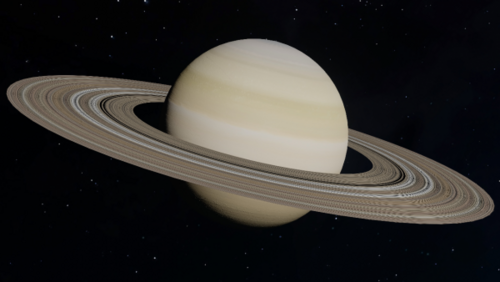
Photo by ZCH
On August 27, Earth will align perfectly between Saturn and the sun, marking the Saturn opposition. Saturn will be at its closest point to Earth during this period, lying in the constellation Aquarius. Stargazers can observe Saturn without special equipment, but a telescope will provide a more detailed view of the planet and its iconic rings. With visibility for much of the night, the ideal time to look up will be between 7:11 pm and 6:30 am. The moon, being 85% illuminated on this night, can be located using a night sky app before observing with binoculars or a telescope.
6. Conjunction of the Moon and Saturn – August 30
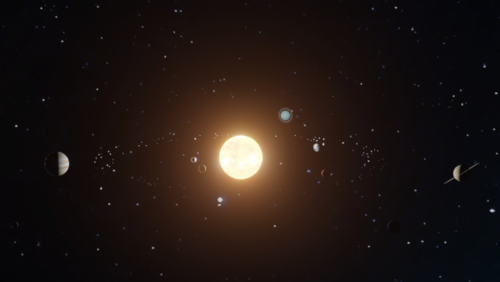
Photo by ZCH
Toward the end of August, the Moon and Saturn will share the same ascension, with the 14-day-old moon passing 2º29′ to the south of Saturn, both positioned in the constellation Aquarius. The two cosmic objects will also make a close approach, termed an appulse. Stargazers can observe this celestial duo from around 6:02 pm to 7:13 am, although they will be too widely spread to fit within the field of view of a telescope.
7. Super Blue Moon – August 31
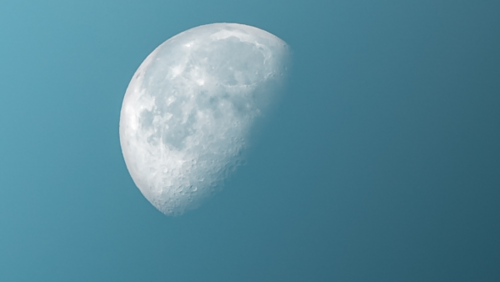
Photo by Jess Loiterton
Concluding the month with a breathtaking celestial display, August 31 will bring a Super Blue Moon to the night sky. Combining the awe-inspiring phenomenon of a Supermoon with the rarity of a Blue Moon (a second full moon within a month), this event is truly spectacular. According to Time and Date’s data, the last Super Blue Moon occurred in December 2009, and the next occurrence will be almost a decade later, in August 2032. While another Blue Moon is expected in August next year, it will not be a Supermoon, making this astronomical event unique and worth experiencing.
Source: Keep an eye on the sky: 7 must-see astronomical events in August
Also Read:
Follow us on Google News
Photo by samer daboul






















